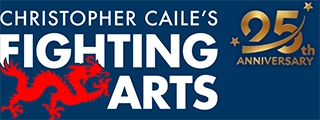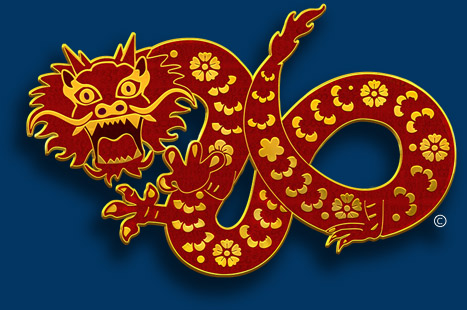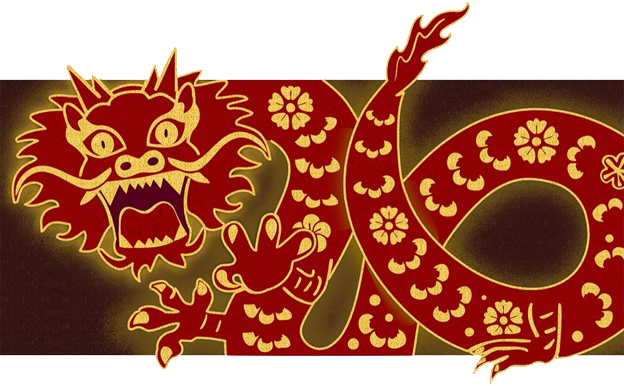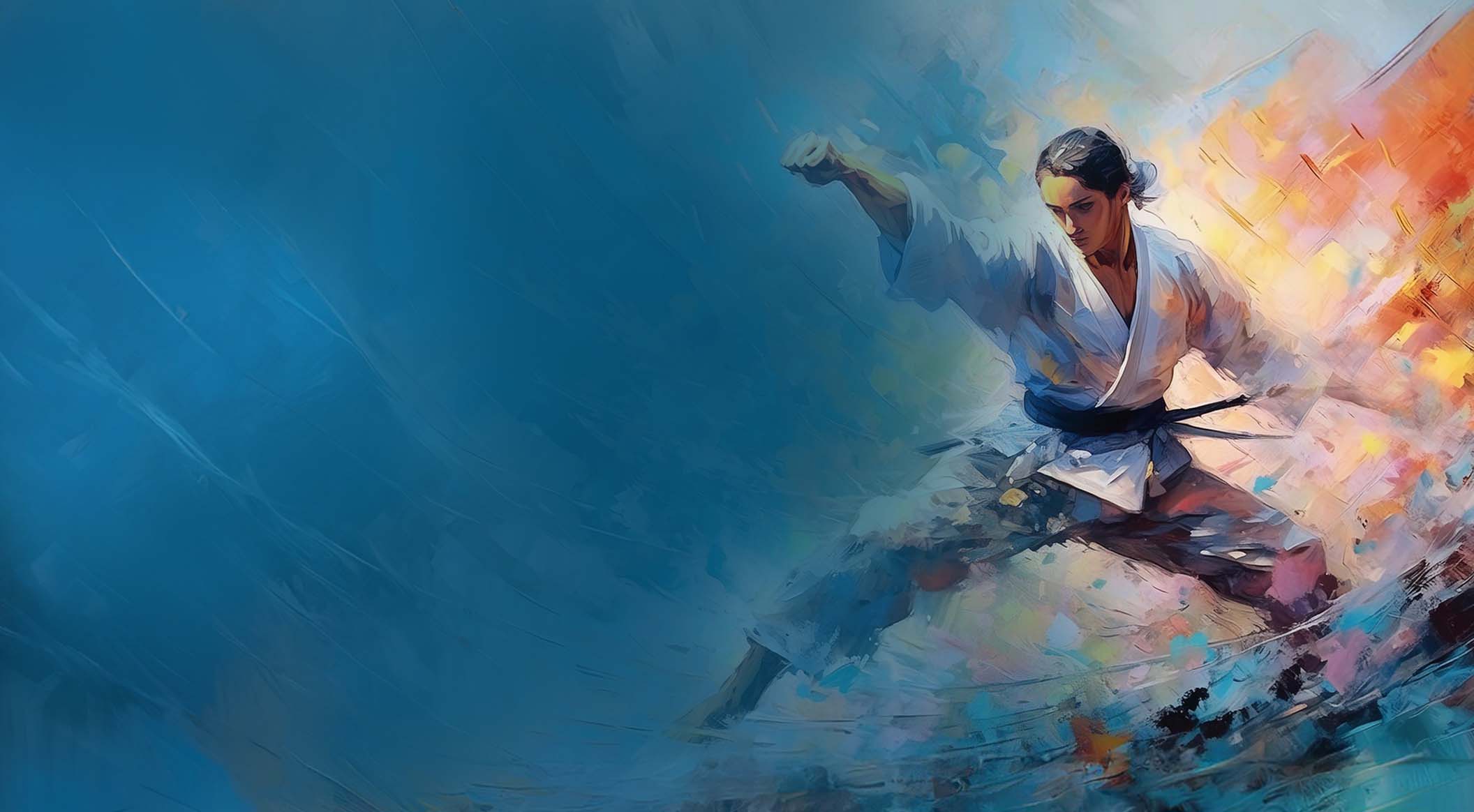Martial Mania
Some New Year's Resolutions
By George Donahue
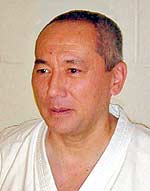
Most lists of New Year's resolutions are earnest expressions of our wishes for a more perfect union of our thoughts with our actions. These wish lists quickly become onerous weights dragging us down, rather than useful plans or encouragements. Then we forget about them and make the whole process a farce. Another problem with those lists is that they too often have too many things that we need to do.
So, true to my contrarian nature, I've worked up a list that should be easier to carry out than to ignore, in part because it's mostly stuff to stop doing. You might want to adopt one or more resolutions from this list.
RESOLVED:
Don't try so hard! / Do try to relax more
COMMENT:
The harder you try to learn something as esoteric as a martial skill, the more difficult it is to master that skill; the more you try to grab it, the further out of your reach it is. Here is where the Taoist less-is-more stuff really does apply.
RESOLVED:
Don't do so many repetitions / Do try to concentrate more during the fewer reps you perform
COMMENT:
The more repetitions you've performed incorrectly or less than optimally, the harder it is to finally get the technique right. Our rule of thumb for untraining incorrect technique and retraining correctly is that, for every time you've done something wrong or poorly, it takes ten repetitions doing it properly just to get back to square one. If you've done ten thousand high blocks incorrectly, it will take you a hundred thousand correct repetitions just to overcome your earlier flawed training.
RESOLVED:
Don't take training or yourself so seriously / Do try to laugh and smile more while you're training: lighten up and you'll get faster, smoother, better
COMMENT:
The best, most productive schools I've seen over the years have also been the schools with the most light-hearted atmosphere. It's clear that the students and teachers are having fun pursuing goals that are no less important to them than to the adherents of the joyless pucker-your-cheeks and squeeze-your-lips variety of training. They don't take their training lightly, but they train with a light heart.
RESOLVED:
Question yourself, question your kata, question your assumptions much more
COMMENT:
In fact, even question what your teachers do and say, if not aloud then at least to yourself. You'll quickly develop a better understanding and, most likely, a greater appreciation of your teacher's knowledge and skills—if your teacher is worthy.
RESOLVED:
Break your old training routines / Try new routines
COMMENT:
A stale routine is a worthless routine and one that might unnecessarily sour you entirely on the training. New routines require new thinking and new thought patterns. In addition, new routines, especially when applied to kata, bring new insights.
RESOLVED:
Try cutting your training time in half
COMMENT:
Some of us mistake long hours of training for good, productive training. But what we're really doing when we fall into the trap of "more is better" is substituting quantify for quality. If you're in the habit of training three hours a day, try condensing the same amount of activity into two hours. You'll find that, to make it fit, you'll need to jettison some of the less productive work or—and this is the real key—learn to fit everything into the shorter period by cutting out the dead time between activities. If you're able to do this and you still have three hours available to you, you can then use the third hour to incorporate new things, to try new things, to experiment with changes to old things. Or you could go play with your children.
RESOLVED:
Don't worry about not being perfect, but strive for perfection anyway
COMMENT:
There is a crucial difference between worrying about our many imperfections and striving to perfect what we can. The former is a waste of time; the latter is always useful, even when we fall short.
I might deal with these resolutions at length individually in further blog posts in the coming year. Then again, I'm probably going to forget about this list even before the end of the month.
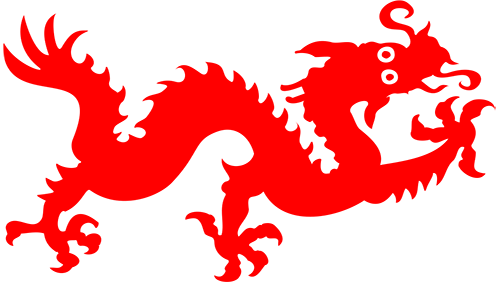
George Donahue
George has been on the board of FightingArts.com since its inception and is also a Contributing Editor.
George is a retired book editor, with a career spanning four decades, among his positions have been editorial stints at Random House; Tuttle Publishing, where he was the executive editor, martial arts editor, and Asian culture editor; and Lyons Press, where he was the senior acquisitions editor and where he established a martial arts publishing program. At Tuttle, he was the in-house editor for the Bruce Lee Library. Throughout his career he also edited, acquired, or reissued a wide array of military history, martial arts, and Asia-centric titles.
He was born in Japan in 1951 and originally named Fujita Tojo, with the Buddhist name KanZan. He was renamed George Donahue when he was several months old. After living part of his early childhood in the U.S. and France, he returned to Japan when he was seven years old and immediately was put (involuntarily) into intense training in traditional Japanese martial arts. His childhood training in Japan was focused on judo and jujutsu, primarily with Ando Shunnosuke, who blended keisatsujutsu (often referred to as police judo) and Olympic style judo in his teaching. He also studied kyujutsu (archery), sojutsu (spear), and kenjutsu (swordsmanship), with several teachers under the direction of his uncle, Tomita Yutaka. Following his return to the U.S. when he was twelve years old, he continued to practice judo and jujutsu, as well as marksmanship with Western style compound bow and firearms, and began the study of Matsubayashi Ryu karate in his late teens. Subsequently, he has studied aikido and cross trained in Ying Jow Pai kung fu. He began studying tai chi chuan in 1973 and now teaches qi gong and tai chi for health and fitness, as well as Okinawa Taijiken, which blends the principals of Okinawan karate with tai chi.
After studying Okinawa Karatedo Matsubayashi Ryu for ten years, he changed his focus to the teaching of Kishaba Chokei. He has been a student of Shinzato Katsuhiko, the director of Okinawa Karatedo Shorin Ryu Kishaba Juku, which comprises karate and kobujutsu (including Yamane Ryu Bojutsu) since 1983. He was also a student of Nagamine Shoshin, Nagamine Takayoshi, Kishaba Chokei, and Nakamura Seigi until their deaths. A key teacher in the U.S. was Arthur Ng, with whom he trained and taught for several years in New York City. He currently teaches Kishaba Juku privately, along with special training in karate, weapons, and self-defense. He has taught seminars throughout the U.S. and in Israel.
He has been teaching martial arts almost continually for sixty years. His first class, at twelve years old, was in judo for a group of military dependents and airmen at Sioux City Air Base, Iowa, at a time when the Air Force Strategic Air Command was beginning to stress training in martial arts, particularly jujutsu.
He was introduced to Kundalini Yoga practice in Japan but didn't begin serious practice of Kundalini and Hatha Yoga until he was in college. He practices yoga at least an hour a day and now teaches various approaches to yoga. He is also a cancer exercise specialist and a Livestrong at the YMCA instructor, helping cancer survivors regain and maintain their vitality.
Search for more articles by this author:
